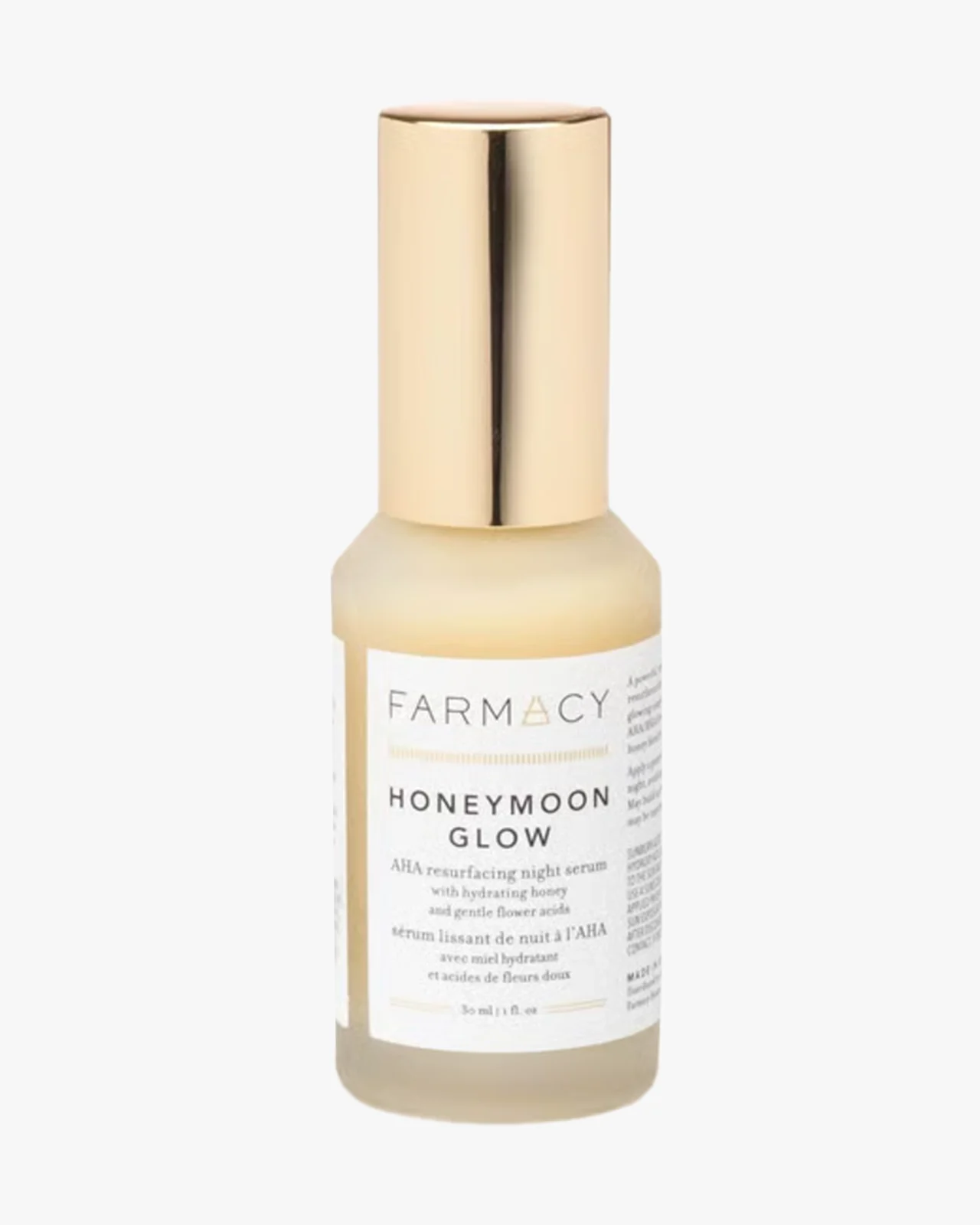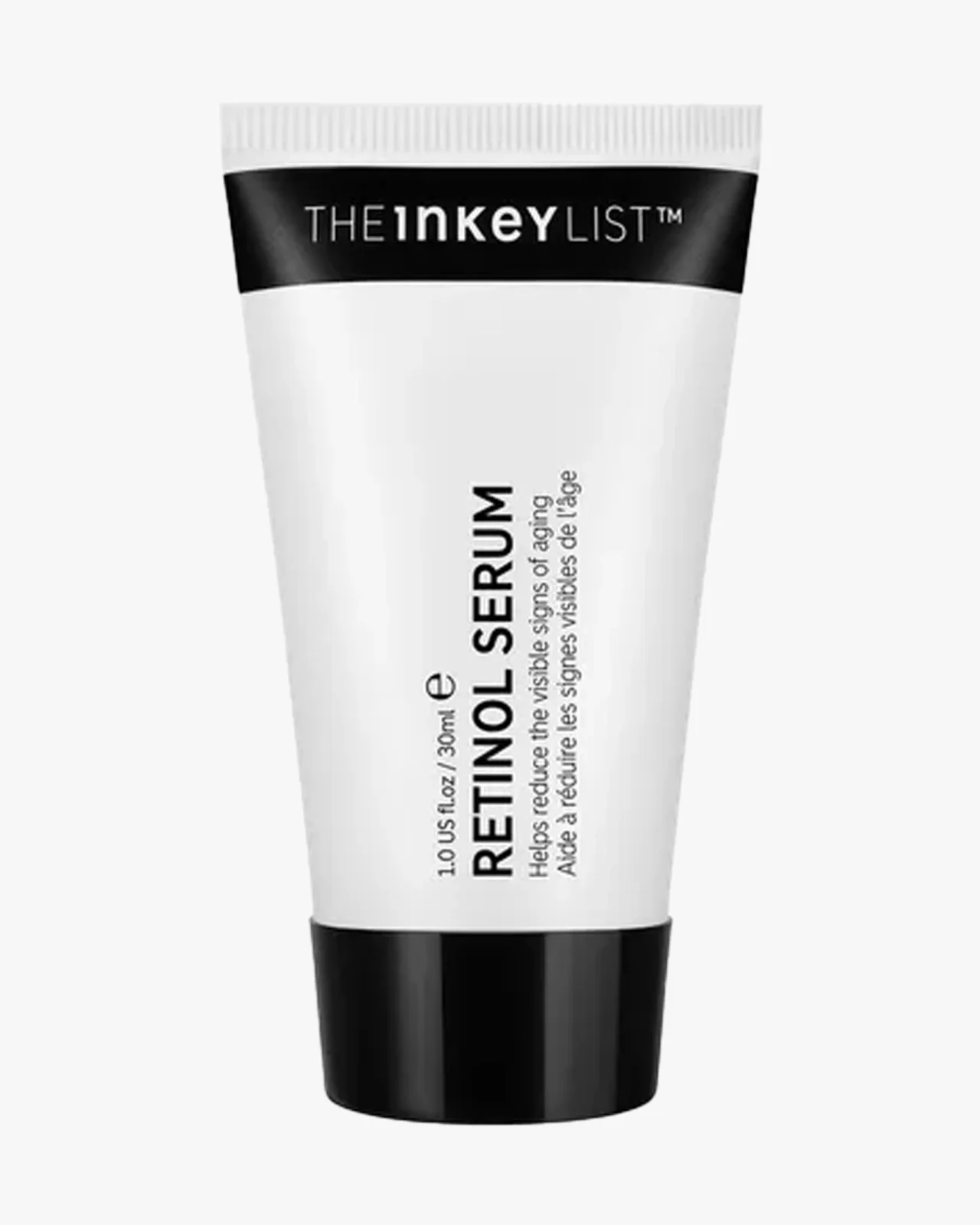Proven Skin-Care Treatments That Work for Morena Skin
These dermatologist-approved ingredients are safe, effective, and made with morena skin in mind.
By Gabi Thorne and Lia Cruz
Once upon a time, I washed my face with Neutrogena’s Oil-Free Acne Wash, swiped on witch hazel, and occasionally slathered on some Pond’s moisturizer. When I realized it was time to develop a more robust routine to address my skin concerns (dryness, dark marks, random pimples), I had so many questions. Is a 10-step routine necessary? What is hyaluronic acid and why is it everywhere? And, ultimately: What can—or more precisely, what can’t—be safely applied on my darker skin?
Social media can be a minefield of misinformation, so to make your lives just a little easier, let me tell you what I’ve learned as an Allure editor (with a brilliant team of fact-checkers to keep me honest). Here are the five skin-care treatments that work wonders on melanin-rich skin.
Meet the experts:
Ope Ofodile, MD, a board-certified dermatologist in Marietta, Georgia.
Naana Boakye, MD, a board-certified dermatologist in Englewood Cliffs, New Jersey, owner of Bergen Dermatology, and co-owner of Karité Shea Butter.
Do acid(s)
You may have noticed soaring amounts of glycolic and lactic acid—like 15 percent—popping up in skin (and hair) care. Though acid may sound harsh, this class of ingredients—alpha hydroxy acids, or AHAs—can be a “great option for exfoliating, reducing oil production, and improving [skin’s] texture,” according to Ope Ofodile, MD, a board-certified dermatologist in Marietta, Georgia. The acids are also used in chemical peels, which can help even skin tone, she shares.
But when these acids are overused, cautions Naana Boakye, MD, a board-certified dermatologist in Englewood Cliffs, New Jersey, they can cause irritation that can lead to hyperpigmentation, a concern especially for darker skin. But overall, you should be more concerned about your AHAs use if you have sensitive skin or rosacea, so start slow to avoid causing any additional irritation.
She suggests using a rinse-off cleanser with glycolic or lactic acid two to three times a week. We like the Glow Recipe Blueberry Bounce Gentle Cleanser, which contains both acids, to gently slough away dead skin cells for a more radiant complexion. If you want your AHAs in a serum form, lean towards Farmacy Honeymoon Glow AHA Resurfacing Night Serum.


For those with acne-prone skin, Dr. Boakye recommends a cleanser with salicylic acid, which is a beta hydroxy acid, at a concentration of 2 percent. Unlike alpha hydroxy acids, which are water-soluble, beta hydroxy acids (BHAs) are oil-soluble. “Generally, oil-soluble ingredients penetrate through the lipid layers between the skin cells more readily,” New York City-based board-certified dermatologist Sejal Shah, MD, previously explained to Allure US. CeraVe Smoothing SA Cleanser is a great option you can find in most drugstores.

Try a retinol
Retinol is beloved for its ability to smooth and brighten by increasing collagen production and encouraging cell turnover. “Retinol can fade superficial pigment as well as reduce fine lines and wrinkles,” says Dr. Ofodile. “But retinols are often drying and irritating with initial use.” Though the powerhouse ingredient is used by professionals in chemical peels, it’s also available in over-the-counter serums and creams.
It can take a little time for your skin to adjust to the ingredient, so don’t overdo it. She recommends starting by applying a retinol lotion two to three times a week, slowly working up to daily use over four to six weeks. A great one is the Best of Beauty-winning The Inkey List Retinol Serum, which has a squalane-infused formula that won’t irritate the skin or break the bank.

Add an antioxidant
Vitamin C works miracles on hyperpigmentation because it can inhibit tyrosinase, an enzyme that produces melanin in the skin, Dr. Boakye explains. Its antioxidant properties also help reduce damage caused by the sun’s rays, adds Dr. Ofodile. To treat hyperpigmentation, Dr. Ofodile recommends using it alongside a retinol and, of course, sunscreen, but we will get into that a little more later.
Vitamin C is available at multiple percentages, typically ranging from 10 to 40, and they are all safe to use on melanin-rich skin. “However, generally speaking, when it comes to sensitive skin, higher percentages of vitamin C can be more irritating,” says Dr. Ofodile. Lean toward 5 percent or less if this sounds like you. Dr. Boakye agrees that a lower percentage is better for sensitive skin types because the skin’s barrier is already compromised.
The antioxidant is often available in serum form. We like the four-time Best of Beauty-winning SkinCeuticals C E Ferulic serum, which also has vitamin E for hydration and ferulic acid to brighten the skin and stabilize the vitamin C. A more budget-friendly option is the L’Oréal Paris Revitalift Derm Intensive Vitamin C Serum.

Use SPF 30 and higher
Argue with your mama, but melanin can burn: A sunscreen with SPF 30 or higher is 1,000 percent necessary to avoid sunburn, hyperpigmentation, or counteracting the good you’ve done with the ingredients mentioned above. Reapply every two hours to protect your skin — and the investment you’ve made in your routine.
Nobody wants to look like Casper the Friendly Ghost after applying SPF, but Shiseido Clear Sunscreen Stick SPF 50+ is completely transparent so you can easily rub the stick across your face without looking casket-ready.

Darker skin tones have historically been excluded by beauty brands, so it’s understandable that folks are hesitant to trust that certain ingredients work on their skin. Let this be your sign that you have nothing to fear, now that you’re equipped with the knowledge to bolster your skin-care routine.
Latest Stories
You might also like
To provide a customized ad experience, we need to know if you are of legal age in your region.
By making a selection, you agree to our Terms & Conditions.







